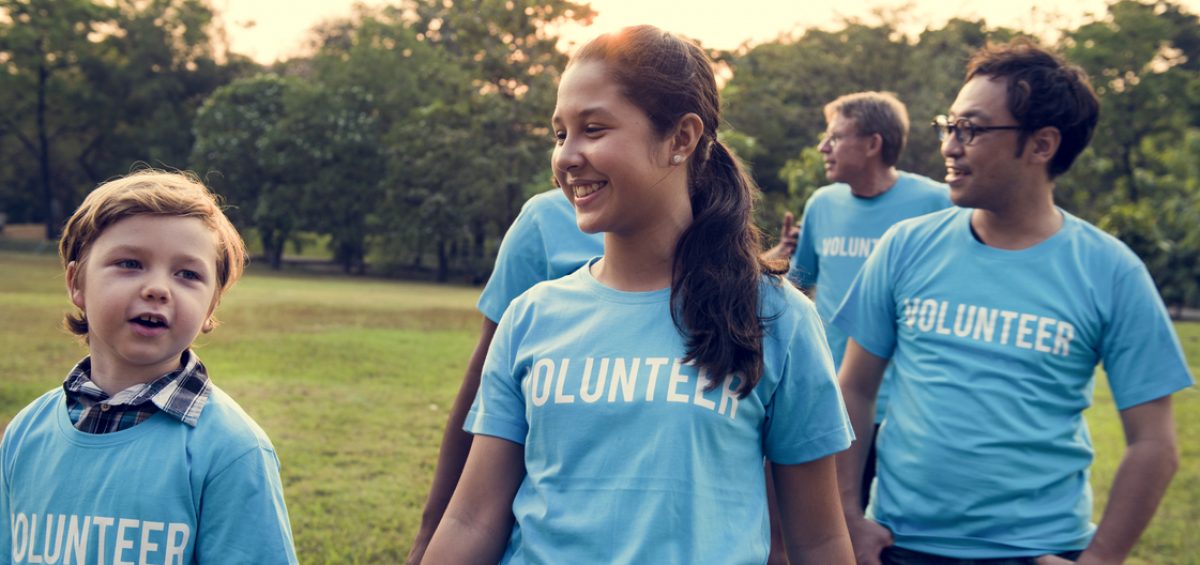Influencers can play an important role helping nonprofits share their mission and reach new audiences. Their loyal social following and clearly defined audiences are a resource that brands didn’t have access to 10 years ago, and one that can help with volunteer recruitment, event attendance and donor cultivation, to name a few.
Why should nonprofits work with influencers?
As with any marketing channel, influencer engagement isn’t a right fit for every cause. Yet, there are genres of content on Instagram, Pinterest and Facebook, to name a few, where an influencer’s show of support can help your cause stand out in the crowd.
What are the benefits of engaging influencers for your nonprofit?
- Third-party endorsement – think of it as the “social media seal of approval”
- Reach new audiences
- Get stories told directly by well-respected people who have engaged with your organization
- Grow your organization’s online following
Focus on quantity not quality
When news broke in July 2019 that Kylie Jenner was making $1.2 million for one sponsored post on Instagram, many brands felt disheartened about influencer engagement. How could this fit in a marketing budget? Was it really worth the money? And, how could they be assured it would yield a positive ROI for their brand?
The good news is that there are economical ways to engage influencers, and part of that is identifying the right people to engage with your brand. If you are a Fairfield County nonprofit with a statewide reach, finding an influencer in Connecticut with a strong local following is a great asset for your cause. If your cause deals with hunger and food security, finding influencers who range from philanthropic farm-to-table restauranteurs to well-regarded community figures who share your vision, will yield far more value than someone who may have a larger following but is less relevant to your mission and audience.
The decision to work with influencers is no different than creating a partnership with another nonprofit or business – you are aligning your organization with their brand. And, you want to be sure that how they represent themselves online is a good match for how you represent your brand.
How do you find the right influencers?
While there are online tools that can help analyze an influencer’s following and reach, identifying people in your community – and to whom you may already have a connection – is a great place to start. For example, is the mayor a vocal champion for your work? Is there an existing donor with a robust social following? Do you have any bloggers, vloggers or podcasters on your Board or among your volunteer base?
What can an influencer do for a local nonprofit?
Perhaps the easiest thing an influencer can do for a nonprofit is help spread awareness of their mission. People who loyally follow – and trust – influencers take cues from them on everything from where to shop to what fundraisers to attend and how to give back to the community. For a Westchester nonprofit to have a well-regarded local foodie deem their tasting event a “can’t miss” is a glowing review that can help sell event tickets and broaden brand recognition. And, for a local developer or interior to deem your organization’s rebuilding program a charity of choice is an endorsement that can generate lasting returns.
While finding the right influencers to support your mission requires careful vetting, growing your community of brand ambassadors can play an integral role in driving forward the mission of your organization.


